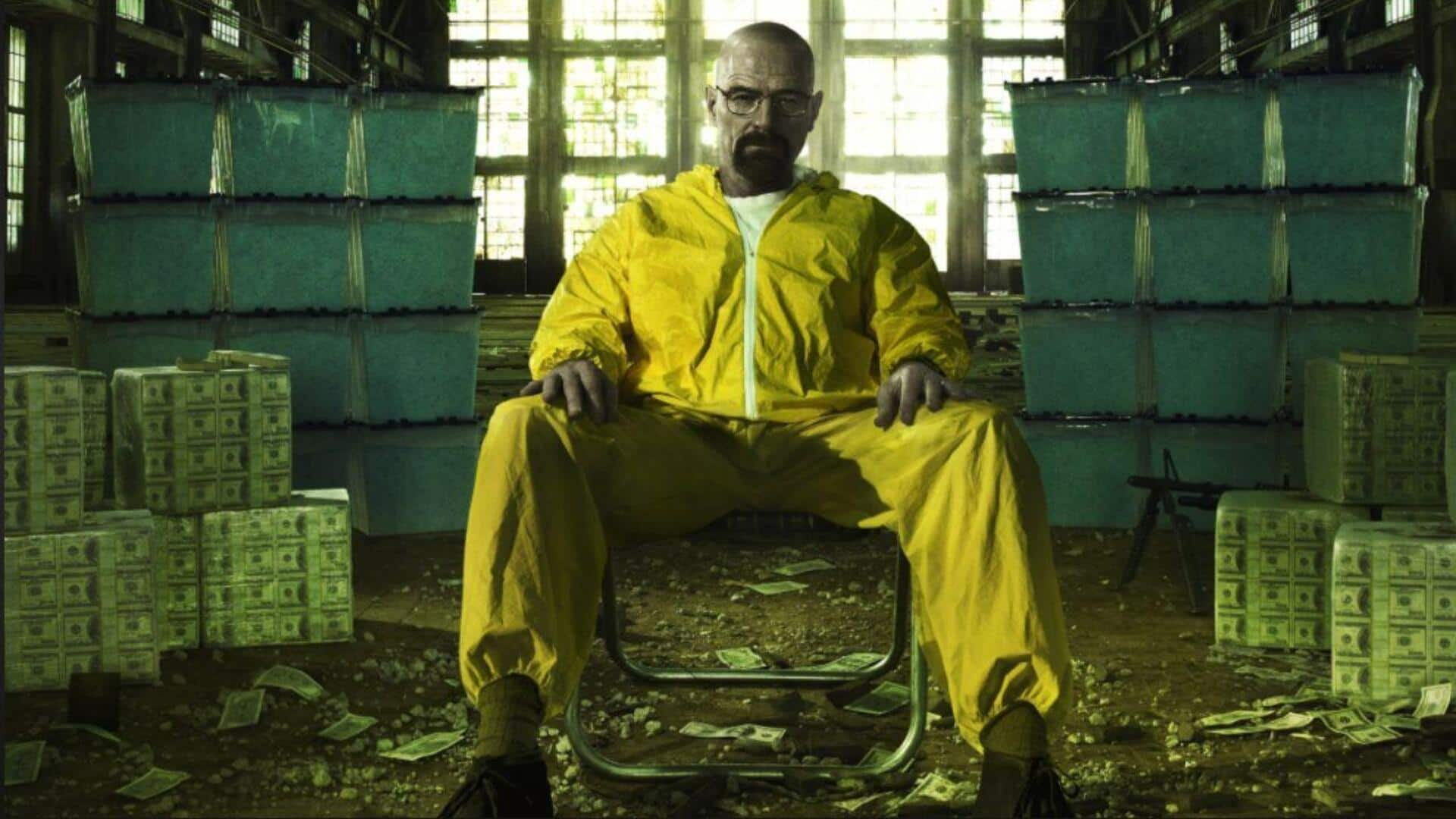
How Walter White's clothes tell his story in 'Breaking Bad'
What's the story
In the iconic show that is Breaking Bad, Bryan Cranston's transition into Heisenberg is brilliantly showcased through his costumes. Each outfit tells a story, revealing his character's gradual evolution and giving us a glimpse of the man he is becoming. Here is a look at the hidden details in these costumes and how they add to the depth of the show.
Attire 1
The iconic hat and sunglasses
The black pork pie hat and sunglasses are two of the most iconic symbols of Heisenberg. They signify Walter White's evolution from a high school chemistry teacher to a feared drug lord. The hat and sunglasses act as a disguise, helping him compartmentalize his two identities. More than anything, it is a deliberate choice of attire, a reflection of his growing confidence and distance from his former self.
Attire 2
Color symbolism in clothing
Color is a major theme in Breaking Bad, with each shade depicting a different side of Walter's journey. In the beginning, he dresses up in muted colors of beige and brown, representing the monotony of his life. As he succumbs to his criminal side, darker shades like black dominate his wardrobe. This change emphasizes the moral decay and darkness surrounding him as he plunges deeper into crime.
Attire 3
Evolution of wardrobe style
Walter White's wardrobe also grows with his character arc over the series. Starting with casual wear of teachers such as khakis and button-down shirts, he gradually switches to more formal outfits such as suits as he rises in the drug world. This not only denotes a rise in wealth but also an assertion of authority in this treacherous world.
Attire 4
Subtle details with big impact
In Breaking Bad, Heisenberg's costumes were laden with subtle, meaningful details. The ties worn during pivotal moments have intricate patterns, hinting at underlying themes. These subtle changes, reflecting internal shifts in characters, impact the storyline significantly without a word being uttered, adding depth to the narrative.